
The Centro Svizzero di Calcolo Scientifico (CSCS), or Swiss National Supercomputing Centre in Lugano, Switzerland, started its operation on September 30, 1991. Until 2012, it had its headquarters in Manno, Ticino. The CSCS primarily used supercomputers from NEC, IBM, und Cray. One hundred twenty people from 25 nations work at the center. I visited the center, which celebrates its 30th birthday in 2021, on June 9, 2021.
CSCS is a very modern, impressive, and innovative service center. It builds on the development that started in 1948 with the founding of the Institute for Applied Mathematics at ETH Zurich. This was the beginning of computer science in Switzerland. From 1950 to 1955, ETH rented Zuse’s Z4 relay machine. During this time, the Swiss Federal Institute of Technology produced the Ermeth vacuum tube computer in collaboration with what was then Hasler AG, Bern (now Ascom). This was the first Swiss computer. It was in operation in Zurich until 1963. The next computer to follow was a CDC machine (from Control Data Corporation). Detailed information can be found in:
- Herbert Bruderer: Milestones in Analog and Digital Computing, Springer Nature Switzerland AG, Cham, 3rd edition 2020, 2 volumes, 2113 pages, 715 illustrations, 151 tables, https://www.springer.com/de/book/9783030409739
- Herbert Bruderer: Meilensteine der Rechentechnik, De Gruyter Oldenbourg, Berlin/Boston, 3. Auflage 2020, Band 1, 970 Seiten, 577 Abbildungen, 114 Tabellen, https://www.degruyter.com/view/title/567028?rskey=xoRERF&result=7
- Herbert Bruderer: Meilensteine der Rechentechnik, De Gruyter Oldenbourg, Berlin/Boston, 3. Auflage 2020, Band 2, 1055 Seiten, 138 Abbildungen, 37 Tabellen, https://www.degruyter.com/view/title/567221?rskey=A8Y4Gb&result=4.
Evolution of Computing Power at ETH Zurich and CSCS
A beautiful educational exhibition at CSCS shows the development of computing power at ETH Zurich and CSCS. Weather forecasts are becoming more and more accurate (see Figures 1–3).
Flagships
The following overview shows the flagships of the CSCS (see Fig. 4).
In 2018, “Piz Daint,” named after a mountain near the Ofenpass in the canton of Graubünden, was the most powerful supercomputer in Europe (see Fig. 5).
In 2020, CSCS began installing the successor to the supercomputer “Piz Daint.” It is called “Alps.” It will be completed in 2022/2023. It takes so much time as the machine is not yet fully developed.
For an overview of the supercomputers, see Table 1.
Table 1: Computing Systems Overview
| Name | Model | Installation/Upgrades | TFlops |
| Piz Daint | Cray XC50/Cray XC40 | 2012/ 13 /16 /17 | 27 154 + 2 193 |
| Gran Tavé | Cray X40 | 2017 | 437 |
| Tsa/Arolla | Cray CS-Storm 500 | 2020 | 1 126 |
| Alps | HPE Cray EX | 2020 | 4 719 |
Source: Annual Report 2020, Swiss National Supercomputing Centre, Lugano 2021
What was the User Lab used for in 2020?
The main research fields were chemistry and materials (39 %), physics (24 %), life science (15 %), earth and environmental science (12 %), and mechanics and engineering (8 %). The lab was mainly used by the following institutions: ETH Zurich (21 %), EPF Lausanne (16 %), University of Zurich (13 %), and international users (28 %).
The following description is largely taken from the CSCS Swiss National Supercomputing Center website (including Figs. 6–15):
“Founded in 1991, CSCS, the Swiss National Supercomputing Center develops and provides the key supercomputing capabilities required to solve important problems to science and/or society. The center enables world-class research with a scientific user lab that is available to domestic and international researchers through a transparent, peer-reviewed allocation process. CSCS’s resources are open to academia, and are available as well to users from industry and the business sector. The center is operated by ETH Zurich and is located in Lugano with additional offices in Zurich.”
“CSCS develops and operates cutting-edge high-performance computing systems as an essential service facility for Swiss researchers. These computing systems are used by scientists for a diverse range of purposes – from high-resolution simulations to the analysis of complex data.”
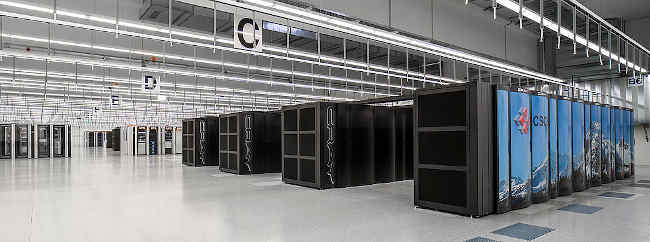
Credit: CSCS, Lugano, Switzerland
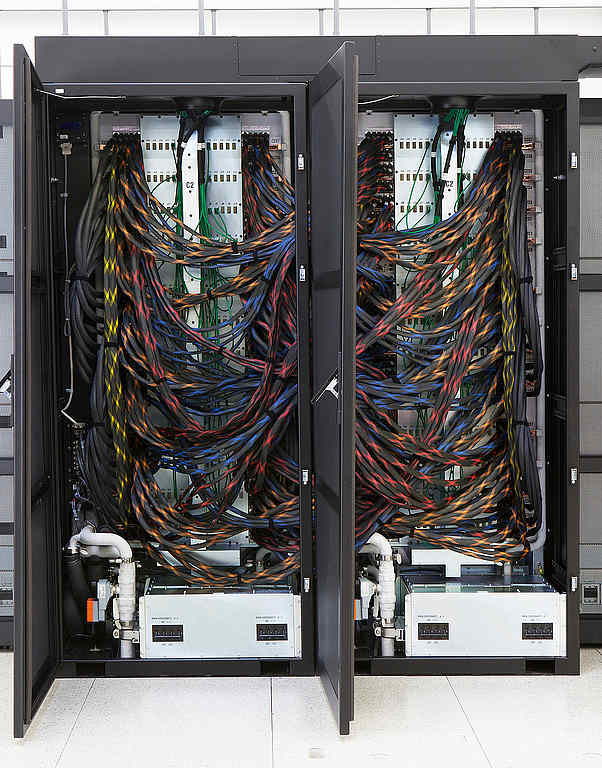
Credit: CSCS, Lugano, Switzerland
“Simulation is considered the third pillar of science, alongside theory and experi-mentation, and scientists from an increasing number of disciplines are using high-performance computing simulation for their research. For example, supercomputers are used to model new materials with hitherto unknown properties. Climate modelling and weather forecasting would be impossible without them. In social science, simulations can help prevent mass panic by predicting people’s behavior. In medicine, computer simulations aid diagnostics help improve treatment methods. Moreover, they can facilitate risk assessments for natural hazards such as earthquakes and the tsunamis they might trigger.”
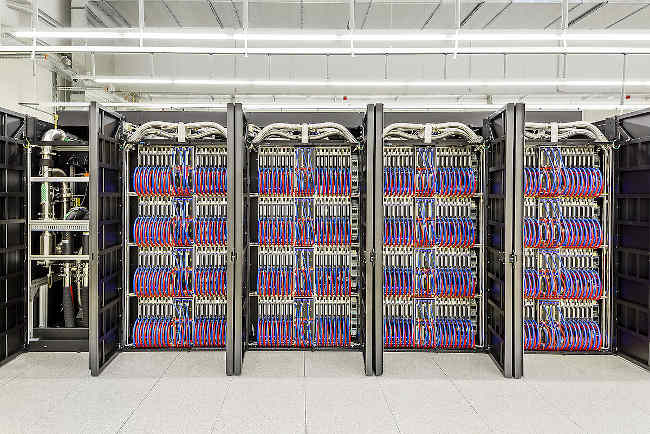
Credit: CSCS, Lugano, Switzerland
“CSCS has a strong track record in supporting the processing, analysis and storage of scientific data, and is investing heavily in new tools and computing systems to support data science applications. For more than a decade, CSCS has been involved in the analysis of the many petabytes of data produced by scientific instruments such as the Large Hadron Collider (LHC) at CERN. Supporting scientists in extracting knowledge from structured and unstructured data is a key priority for CSCS.”
“On behalf of the Swiss Confederation, CSCS runs a User Lab (Overview | CSCS), where researchers in Switzerland can apply for computational resources that are free at the point of use. A transparent review process by independent experts ensures that all deserving projects receive the computing resources they need to accomplish their aims.”
“Swiss scientists, research institutions and projects with their own funding can access the computational resources at CSCS as contractual partners. The environment provided is either shared with the User Lab, or a dedicated solution can be deployed, depending on specific needs.”
“Examples of services provided by CSCS to contractual partners (Contractual Partners | CSCS) are the analysis of data from the Large Hadron Collider (LHC) at CERN, the archiving of data from the X-ray laser SwissFEL for the Paul Scherrer Institute and the provision of computational resources for the numerical weather forecasts of MeteoSwiss.” For collaborations, see Collaborations | CSCS.
Overview of computers
“CSCS provides the supercomputers and expertise that help keep Swiss science at the forefront of development worldwide. Supercomputers are the tools of today’s inventors. With them, researchers can demonstrate science that was never possible with theory and experimentation alone.”
“The center operates the very latest supercomputers and works with the world’s leading computing centers and hardware manufacturers. This enables the center to be the driving force behind innovation in computational research in Switzerland: the very latest computer architecture helps to ensure that users’ codes run quickly so they can focus more on their scientific results.”
Water is pumped from Lake Lugano to cool the computers.
“CSCS houses a diverse pool of supercomputers and these are dedicated to national and custom services. The supercomputers are in the machine room, which measures 2000 square meters with no single supporting pillar or any partitioning; this all to minimize restrictions to the installation and operation of supercomputers in the fu-ture.” For details see Overview | CSCS.
I asked Dr. Michele De Lorenzi, deputy director of CSCS, to answer the following questions:
Your center stores a huge amount of data. The lifespan of magnetic disks and magnetic tapes is short. How can you ensure that your data will still be readable in 20, 50 or 100 years?
Historically, at CSCS we have only been responsible to store data during the lifetime of a project. At the end of a project the data is transferred back to the home organization of the scientists. The scien-tists are then responsible to ensure its preservation: storage and making sure that it remains readable for very long periods of time, by using for example open format, or storing the data with the instruc-tions on how the data has to be interpreted and analyzed. Indeed at CSCS we also recognized the key importance to offer a basic service for long term storage. In 2021 we introduced a service to enable scientists to store and access their data for a period of 10 years.
Has your center often been the target of hacker attacks in recent years? How do you defend yourself against them?
Any company is a target, there is not a single week without a data breach making the headlines. It is crucial to identify the threat correctly and adequately manage the risk on the IT systems. This helps us to define the appropriate protective measures. In 2020 we were attacked together with almost all Eu-ropean centres and several centres worldwide in a coordinated attack, but after extensive analysis we were able to conclude that there was no data stolen but for credentials and no data was corrupted. Our security team promptly stopped the attack, we implemented additional security measures and in one week we were able to reopen the systems to the users.
Is CSCS already working with quantum computers?
Even though this is very interesting research, currently CSCS is not being involved in Quantum Computing. We are far from having a general-purpose Quantum Computer and our focus at the mo-ment is on putting together a research infrastructure that would combine traditional High Performance Computing (HPC) and cloud-like services to address new and more demanding scientific challenges, and that would be able to deal with enormous amount of data.
Considerable progress has been made in artificial intelligence thanks to powerful computers and large amounts of data. Doesn’t the statistical and environmentally damaging approach lead to a dead end? After all, a child does not need 1000 photos to recognize a cat.
Our role is to provide to scientists from different scientific disciplines an environment to do science using High Performance Computing. What we see today is that AI is being used successfully to sup-port scientific discovery in different scientific fields like astrophysics, climatology or fluid dynamics. In designing “Piz Daint,” we decided to use Graphical Processing Units (GPU) in addition to tradi-tional CPU to support computational tasks. GPUs are also well suited to support AI algorithms and so our users had a good advantage in using our systems. We plan to use similar technologies also within “Alps.”
What happens to the decommissioned computers? Can they be reused somewhere?
Whenever possible our hardware is being reused or at least recycled. Often the hardware is taken back by the vendors and in some occasions could be donated. This is different for every single piece of hardware.
Can thermal energy generated by the computers be used somewhere?
Sure! Our center has a collaboration agreement with the city of Lugano and the heat produced by our supercomputers is already being used to heat different buildings in the city, like the new campus of the Università della Svizzera italiana.
References
Swiss National Supercomputing Center, Lugano, Switzerland, CSCS Swiss National Supercomputing Center
Annual Report 2020, Swiss National Supercomputing Center, Lugano 2021
Acknowledgements
Many thanks to Michele De Lorenzi for his hospitality!
Herbert Bruderer is a retired lecturer in didactics of computer science at ETH Zurich. More recently, he has been an historian of technology. bruderer@retired.ethz.ch, herbert.bruderer@bluewin.
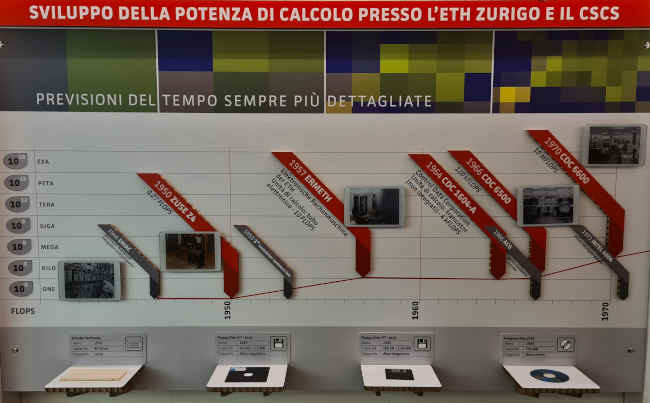
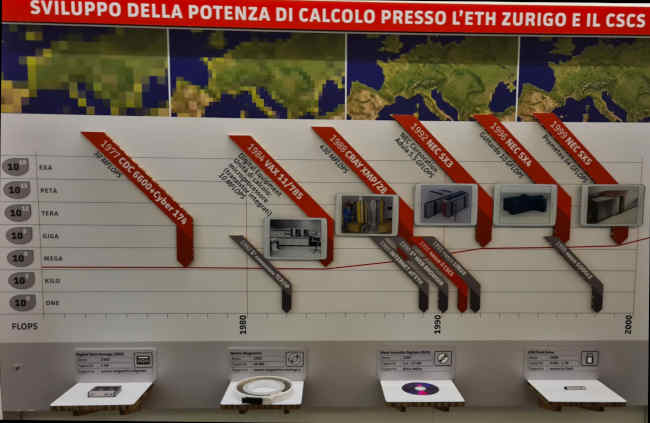
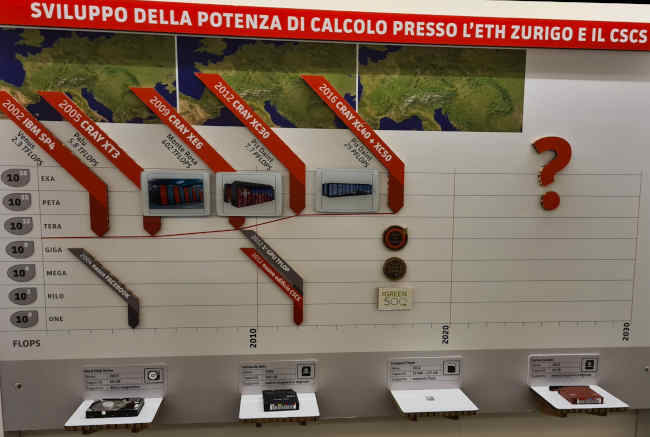
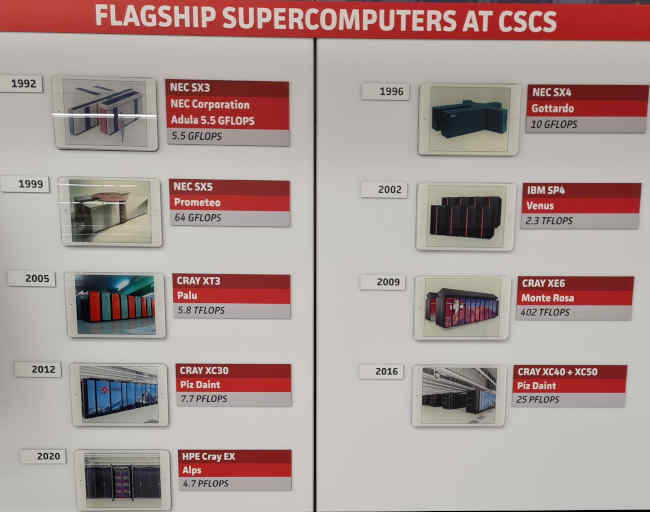
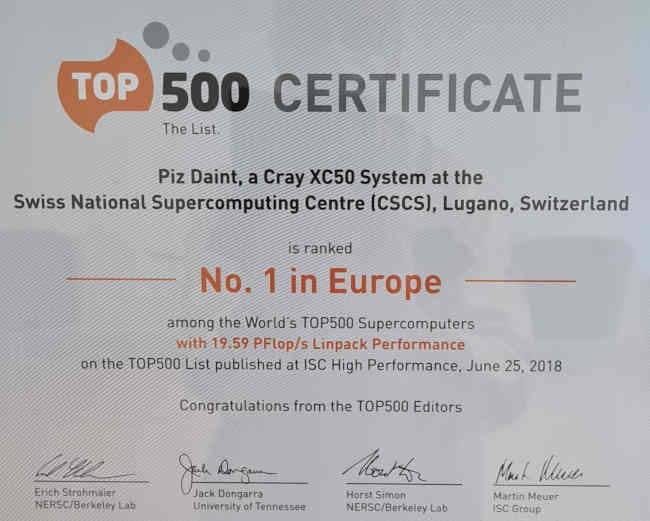
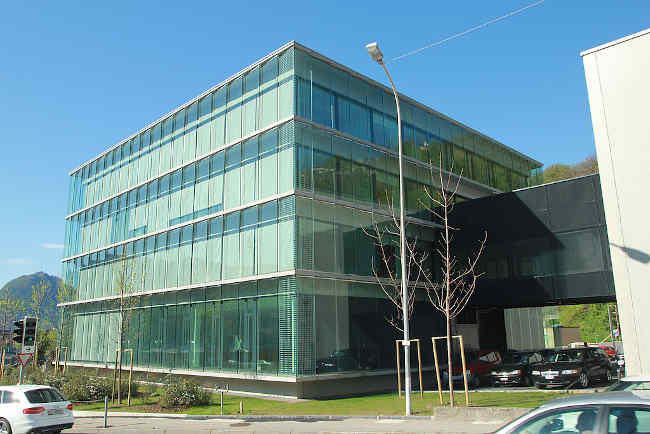
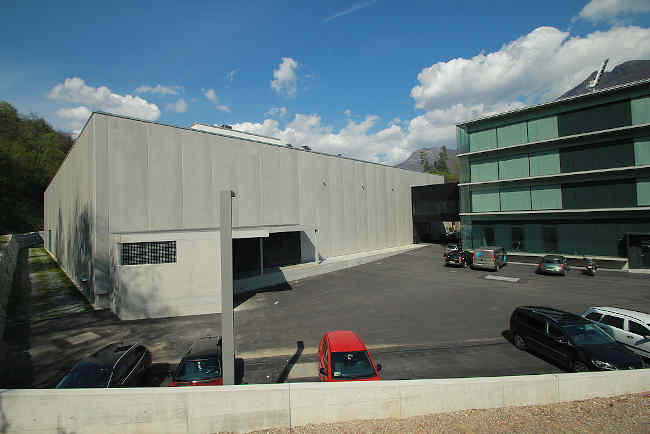
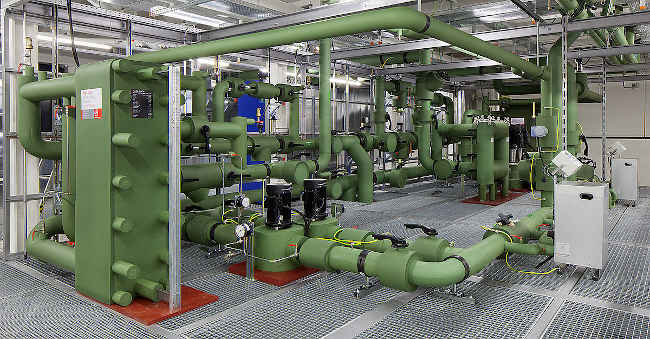
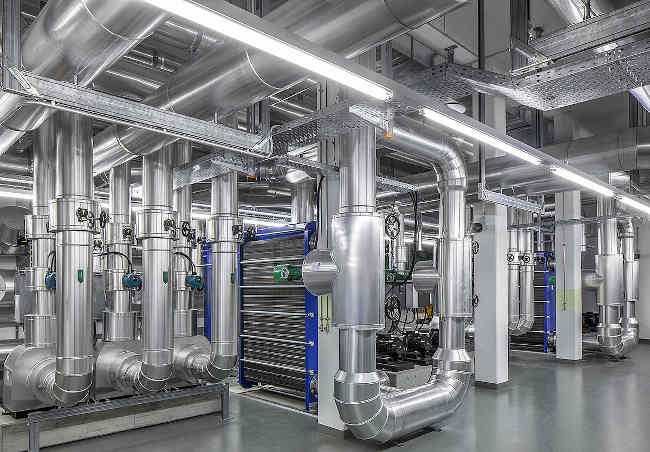
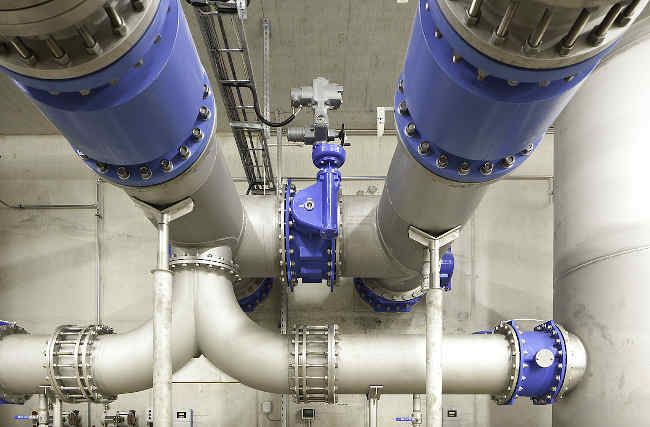
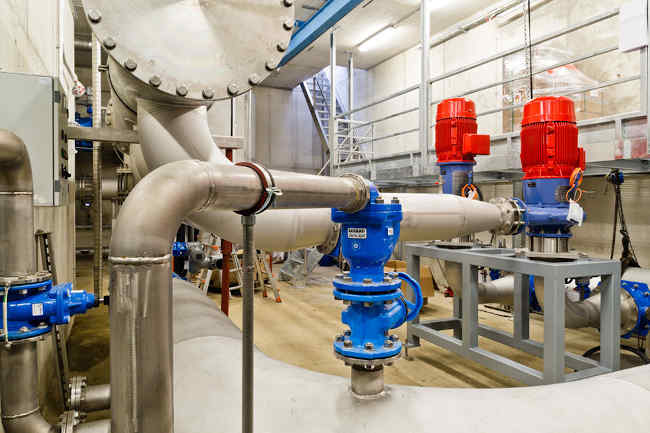



Join the Discussion (0)
Become a Member or Sign In to Post a Comment